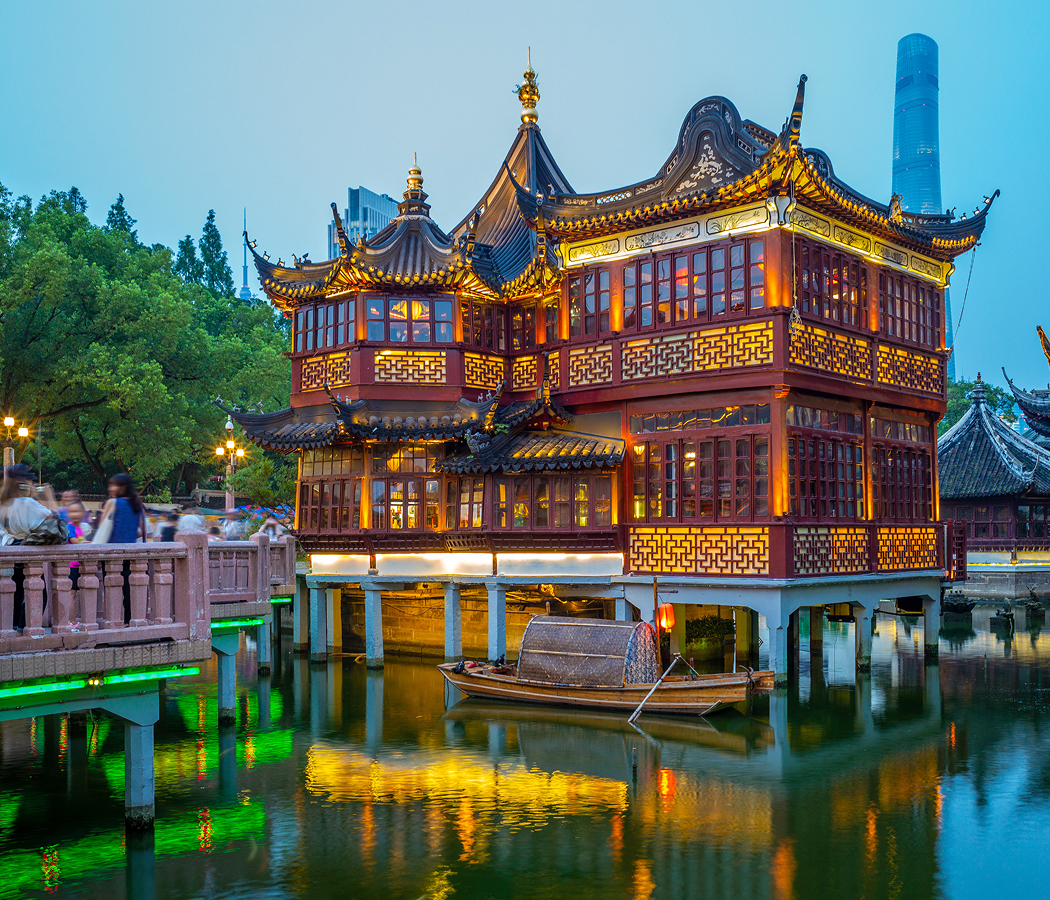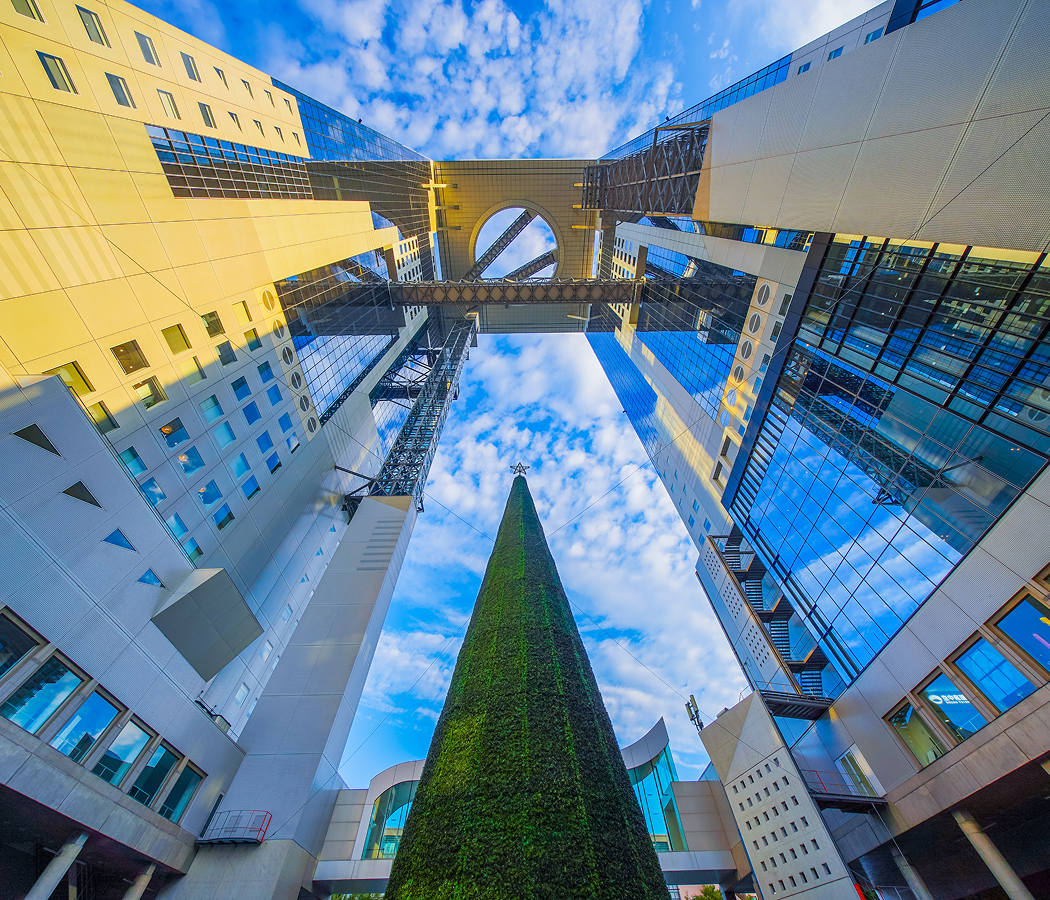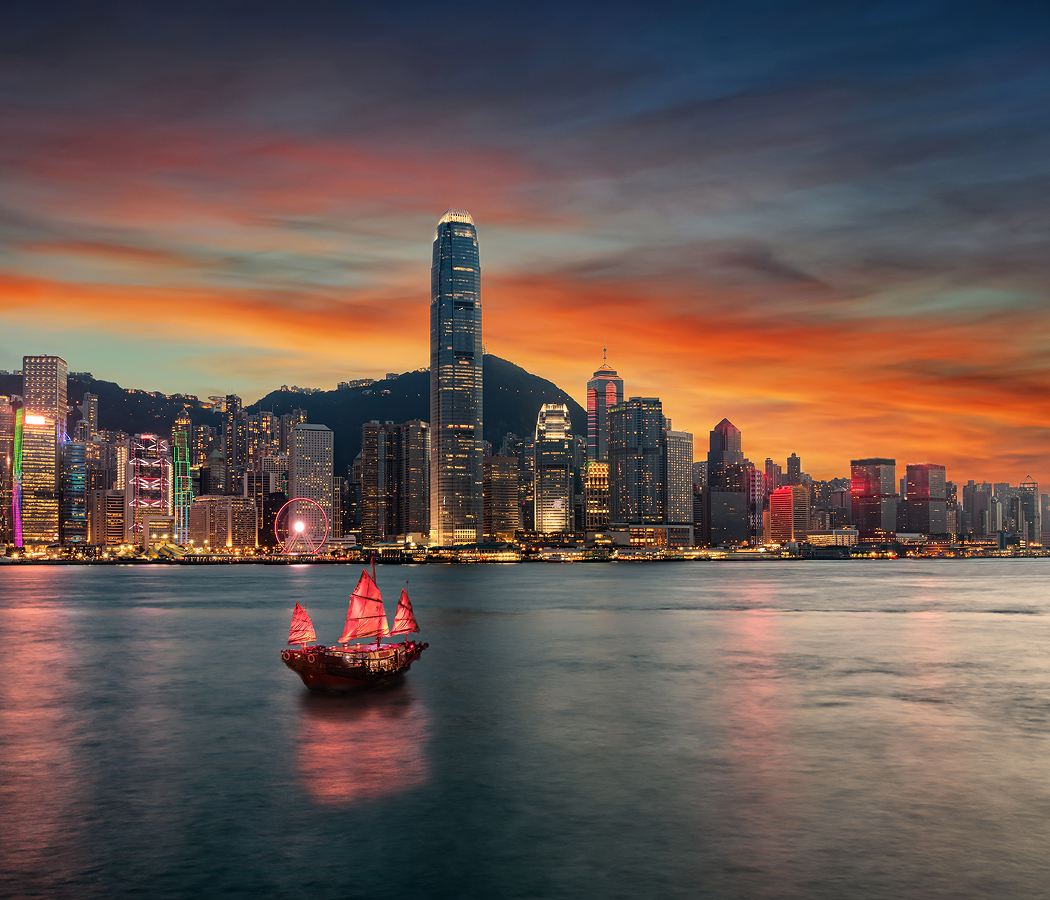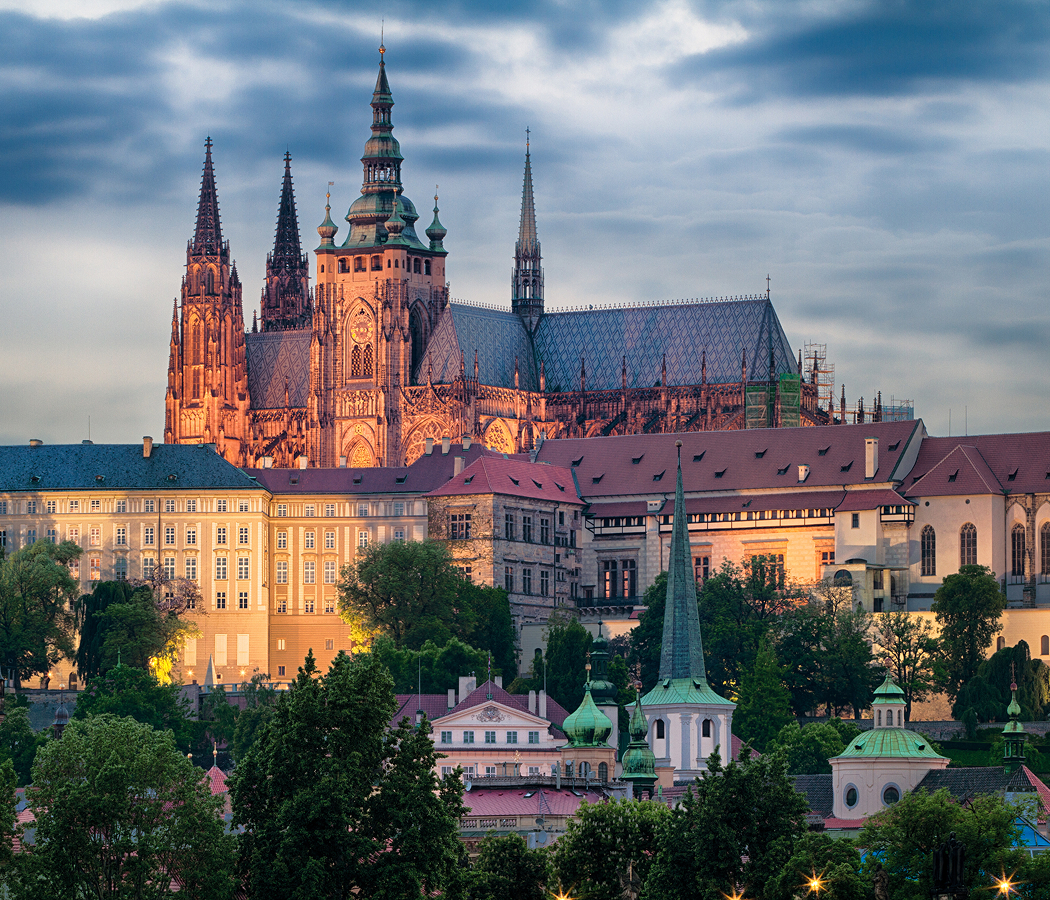
Why you should experience Yu Garden (Yuyuan) in Shanghai.
Yu Garden (Yuyuan) in Shanghai is a masterpiece of Ming Dynasty artistry, a living poem in stone, wood, and water where every path, pond, and pavilion feels composed with deliberate grace.
Nestled within the old city near the bustle of the Yuyuan Bazaar, the garden is a tranquil counterpoint to Shanghai’s vertical modernity, a sanctuary where centuries of history unfold beneath curving rooftops and whispering willows. Built in the 16th century by Pan Yunduan as a retreat for his aging father, Yu Garden, meaning “Garden of Happiness”, remains one of China’s most exquisite classical gardens, balancing architecture, art, and nature in perfect harmony. Its name feels prophetic: happiness indeed blooms here, shaped by design principles that mirror Taoist ideals of balance and unity. As you wander past winding corridors, stone bridges, and jade-colored ponds filled with koi, each turn reveals a new vignette, a window framing a hidden courtyard, a pavilion poised over still water, a rockery rising like a miniature mountain. The serenity feels ancient and deliberate, yet timeless. Yu Garden is not a recreation of the past; it is the past, lovingly preserved in a city always reaching toward the future.
What you didn’t know about Yu Garden (Yuyuan).
Beneath its calm surface, Yu Garden tells a story of endurance and transformation spanning nearly five centuries.
Construction began in 1559 during the Ming Dynasty and took nearly 20 years to complete. Its creator, Pan Yunduan, poured his fortune into crafting a retreat worthy of his family’s legacy, but over the centuries, the garden’s story mirrored the tumult of Chinese history. It fell into disrepair after the fall of the Ming, was damaged during the Opium Wars, and later restored by merchants and scholars who recognized its cultural significance. Today’s garden, roughly five acres enclosed by the Yuyuan Bazaar, is a faithful restoration of that original vision, divided into six main sections, each reflecting different moods of nature and philosophy. The Great Rockery, a mountain-like formation of jagged stones, rises nearly 50 feet high, offering panoramic views of the garden’s layout. The Exquisite Jade Rock, one of China’s most famous scholar stones, stands at its heart, a 10-foot limestone formation with 72 perforations, said to have once belonged to the imperial palace. Carved dragons coil along the roof ridges, symbolizing power restrained by wisdom, while moon gates open into courtyards where shadow and light perform a daily dance. Few realize that Yu Garden played a role in revolutionary history as well, it served as the headquarters of one of the early resistance groups during the Taiping Rebellion in the 19th century. Today, it stands as both cultural treasure and living classroom, teaching how architecture, philosophy, and nature can coexist in eternal dialogue.
How to fold Yu Garden (Yuyuan) into your trip.
Experiencing Yu Garden is best done slowly, it’s not a place to rush, but to breathe.
Arrive early in the morning to catch the garden before the crowds, when mist lingers over the ponds and the air smells faintly of jasmine and incense. Enter through the main gate near the Nine-Turn Bridge, a zigzag walkway designed to ward off evil spirits, and perhaps, in its gentle turns, to remind visitors to move through life with intention. As you step inside, let yourself get lost in the rhythm of stillness and discovery. Pause at the Sansui Hall, once used for important receptions, then drift toward the Wanhua Chamber, where delicate lattice windows frame scenes like paintings. Sit for a while beside the koi ponds, where the sound of trickling water mingles with distant temple bells, and you’ll understand why scholars and poets once found inspiration here. When you’re ready to rejoin the present, exit through the Yuyuan Bazaar, a lively contrast of modern shops, teahouses, and street snacks that remind you that Shanghai’s essence has always been about balance: serenity beside energy, heritage beside innovation. Before you go, look back once more through the garden gate. The rooftops curve like brushstrokes against the sky, an ancient signature on a city that never stops writing its story.
Hear it from the Foresyte community.
Wandered in thinking it’s a quick stop, then woke up three hours deep making friends with a turtle. Bridges going nowhere, koi plotting world domination, and me just sitting there pretending this isn’t the most peaceful vibe I’ve had all year.
Where meaningful travel begins.
Start your journey with Foresyte, where the planning is part of the magic.
Discover the experiences that matter most.















































































































